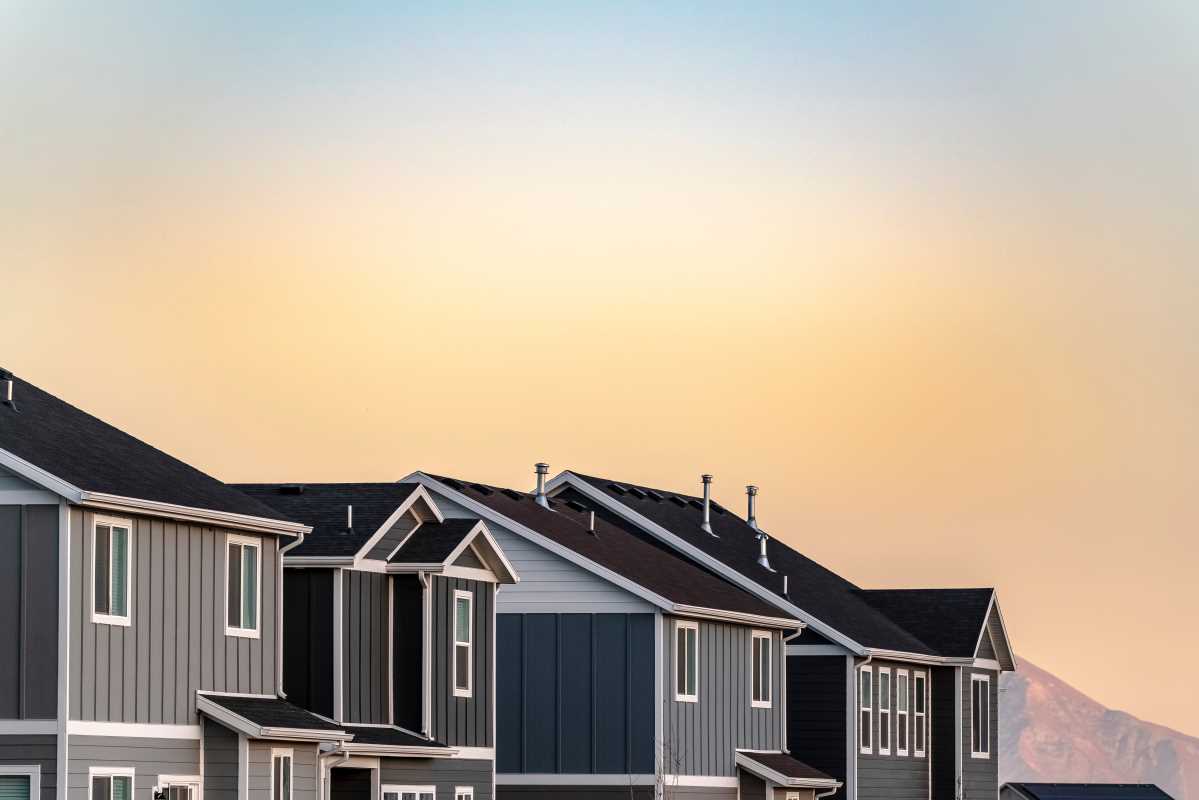The rise of smart homes is one of the most transformative developments in urban living. With the integration of advanced technologies such as the Internet of Things (IoT), artificial intelligence (AI), and automation, smart homes are changing the way people live and interact with their environments. These homes, equipped with connected devices that can monitor and control aspects of daily life, are becoming integral parts of modern cities. This shift profoundly impacts urban planning, influencing everything from infrastructure design and energy management to public services and community development. In this article, we explore how smart homes are impacting urban planning and what this means for the cities of the future.
The Smart Home Concept
At its core, a smart home refers to a living space equipped with devices and systems that allow residents to control and monitor various functions, such as lighting, heating, security, and entertainment, from a central platform like a smartphone or voice-controlled assistant. These homes leverage IoT devices that collect data and provide insights on energy usage, environmental conditions, and even human behavior. As smart home technology advances, it becomes increasingly interconnected with larger urban systems, leading to a shift in how cities are designed, operated, and managed.
Smart Homes and Energy Efficiency
One of the key areas where smart homes are impacting urban planning is energy efficiency. Smart homes offer significant potential for reducing energy consumption, a major challenge in densely populated urban areas. Through the use of smart thermostats, lighting systems, and appliances, residents can monitor and adjust energy usage in real-time. These devices can learn user preferences and optimize energy use, reducing waste and lowering utility bills.
In the context of urban planning, this level of energy optimization can help cities better manage their resources. Urban areas are major energy consumers, and reducing overall consumption can have significant environmental and economic benefits. As more homes adopt smart technologies, city planners can integrate these systems into the wider grid, enabling dynamic energy distribution. For example, cities could implement demand-response systems that adjust energy flow based on real-time usage patterns, reducing strain on the grid during peak hours.
The integration of renewable energy sources, such as solar panels and wind turbines, with smart home technologies can further reduce a city’s carbon footprint. Smart homes can be equipped with sensors to monitor the generation and consumption of renewable energy, enabling a more efficient and decentralized energy distribution model that supports sustainability goals.
Urban Mobility and Smart Homes
As smart homes become more interconnected with urban infrastructure, they can also profoundly impact urban mobility. One of the major challenges facing cities is congestion, which is exacerbated by inefficient transportation systems and increased demand for personal vehicles. Smart homes are helping to address this issue by promoting more sustainable modes of transportation, such as electric vehicles (EVs) and shared mobility options.
For example, smart homes can be integrated with vehicle charging stations, enabling residents to charge their EVs at home while managing their energy consumption. In some cases, the home’s energy system may be able to manage the timing of the charge to avoid peak grid demand, further reducing energy costs. These homes can also be connected to shared mobility platforms, allowing residents to easily access shared bicycles, cars, or even autonomous vehicles when needed.
Urban planners are increasingly incorporating these transportation solutions into city designs. Cities can create “mobility hubs” where electric vehicles, bikes, and scooters are easily accessible and integrated with public transportation networks. By combining smart home technology with intelligent transportation systems, cities can reduce their dependence on private vehicles, reduce traffic congestion, and lower greenhouse gas emissions.
Smart Homes and Infrastructure Design
Smart homes are influencing how cities design infrastructure. Traditionally, urban planners focused on building roads, utilities, and public spaces to accommodate growing populations. With the rise of smart homes, planners must consider how these homes interact with broader urban systems.
For example, smart homes often rely on high-speed internet connections, and urban areas with inadequate broadband infrastructure may struggle to support these technologies. City planners must ensure that broadband networks are robust and accessible to all residents, especially as more people work remotely and rely on digital connectivity for daily activities.
Smart homes can significantly impact waste management and water usage in urban areas. Smart devices can monitor water consumption and help residents reduce waste, providing valuable data for municipal planners. Regarding waste management, smart bins equipped with sensors can track waste levels and optimize waste collection routes, reducing inefficiencies and improving the sustainability of urban waste management systems.
Furthermore, smart homes are often designed with built-in sustainability features, such as rainwater collection systems and efficient heating and cooling technologies. These homes can contribute to developing more sustainable neighborhoods where green spaces, community gardens, and eco-friendly materials are prioritized in urban planning.
Public Services and Smart Homes
Smart homes are also reshaping how public services are delivered in cities. These homes collect vast amounts of data, from energy usage to air quality, which local governments can use to improve public services. For example, cities could use data from smart homes to track pollution levels in real time and take corrective actions to improve air quality. Similarly, public safety and healthcare services can benefit from the data generated by smart homes.
In the case of healthcare, smart homes can play a role in elderly care by providing remote monitoring of health metrics, such as heart rate, blood pressure, and activity levels. This data can be shared with healthcare providers, enabling timely interventions and reducing the burden on traditional healthcare systems. As the population ages, the integration of smart homes into the healthcare system will become increasingly important.
In terms of public safety, smart home systems can be linked to local emergency response networks. For example, if a fire or break-in is detected, the home’s security system can automatically notify the authorities, improving response times and potentially saving lives. Similarly, smart homes can integrate with citywide disaster management systems, providing real-time data on emergencies and helping cities respond more efficiently to natural disasters or other crises.
The Role of Smart Homes in Community Building
While much of the focus on smart homes has been on individual convenience and efficiency, they also have the potential to foster stronger, more connected communities. As cities become smarter, there is an opportunity to create a new kind of urban environment where residents are more engaged with their surroundings and one another.
Smart homes can be integrated with community networks, allowing residents to share resources, organize events, and participate in local governance. For example, smart home systems could be used to monitor local environmental conditions, such as air quality or noise levels, and share this information with the community. This type of data-sharing can encourage more informed decision-making and foster a sense of collective responsibility among residents.
Smart homes can enhance communication and collaboration between city authorities and residents. By using digital platforms that allow for real-time feedback, cities can better understand the needs of their communities and respond more effectively. Smart cities, powered by connected homes, could also integrate technologies that promote inclusivity, accessibility, and equity, ensuring that all residents benefit from the advances in urban planning.
Challenges and Considerations for Urban Planners
While the potential benefits of smart homes for urban planning are vast, there are also significant challenges to consider. One of the biggest concerns is the digital divide, as not all urban residents have access to the technology required for smart homes. Ensuring that smart home technologies are accessible to all socioeconomic groups will be a key challenge for urban planners.
Another challenge is privacy and data security. As smart homes generate vast amounts of data, there are concerns about how this information is used and protected. Urban planners must work with technology companies and regulators to develop frameworks that ensure the ethical use of data and protect residents’ privacy.
Finally, there are issues related to the scalability and integration of smart home technologies across cities. For smart homes to truly impact urban planning, they must be part of a larger, interconnected system. This requires collaboration between city authorities, private companies, and residents to build infrastructure that supports smart technologies and fosters collaboration.
 (Image via
(Image via





